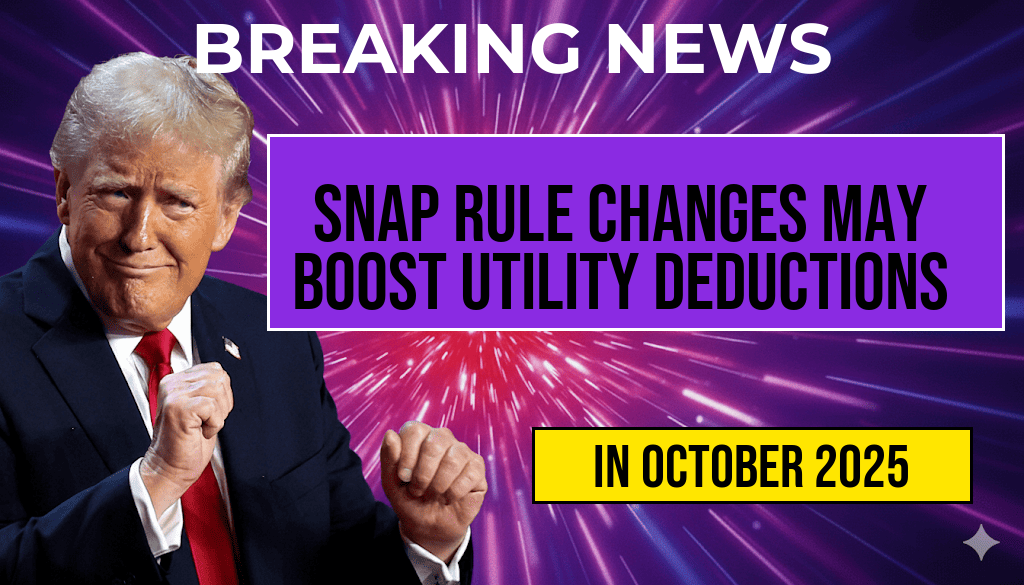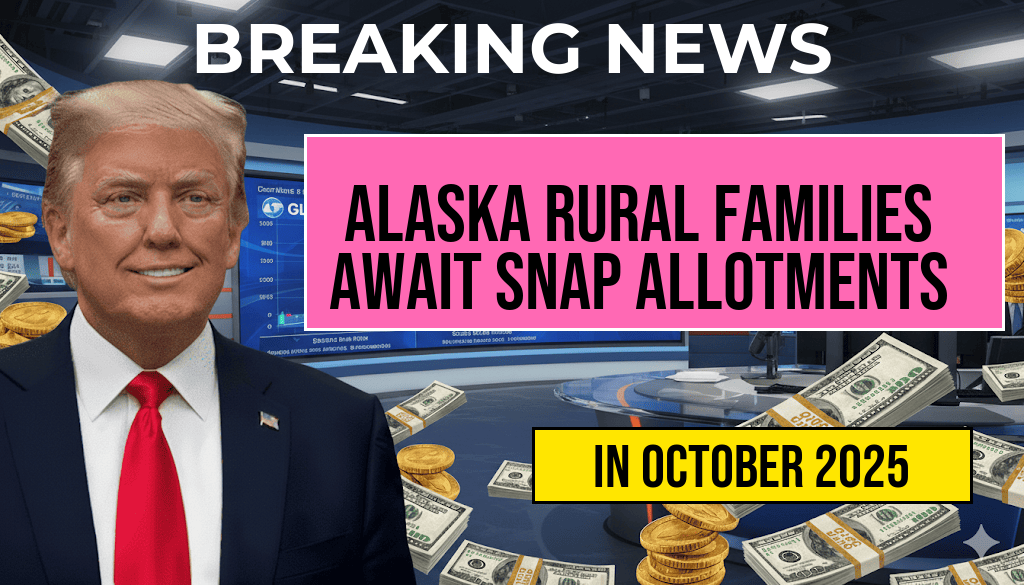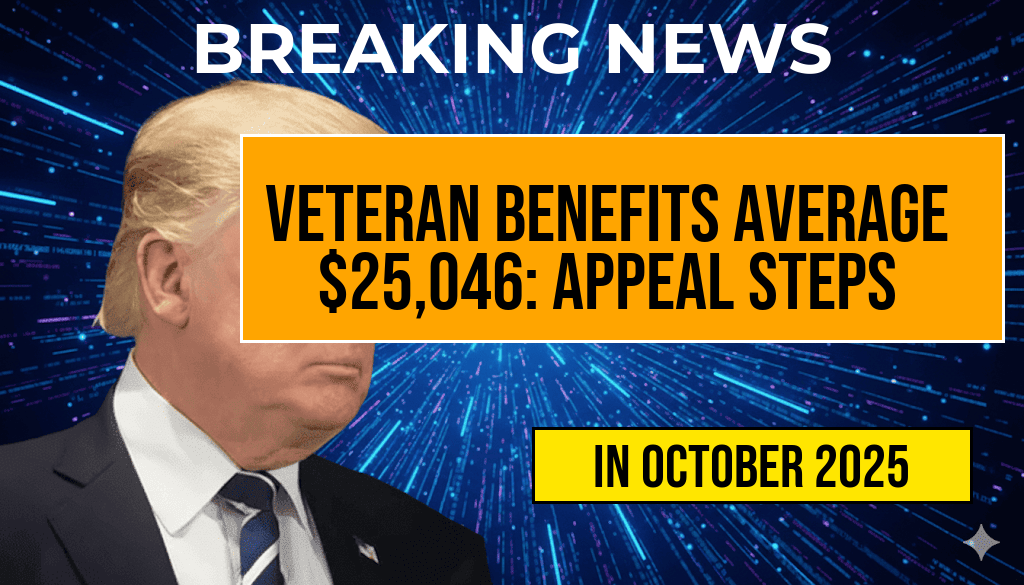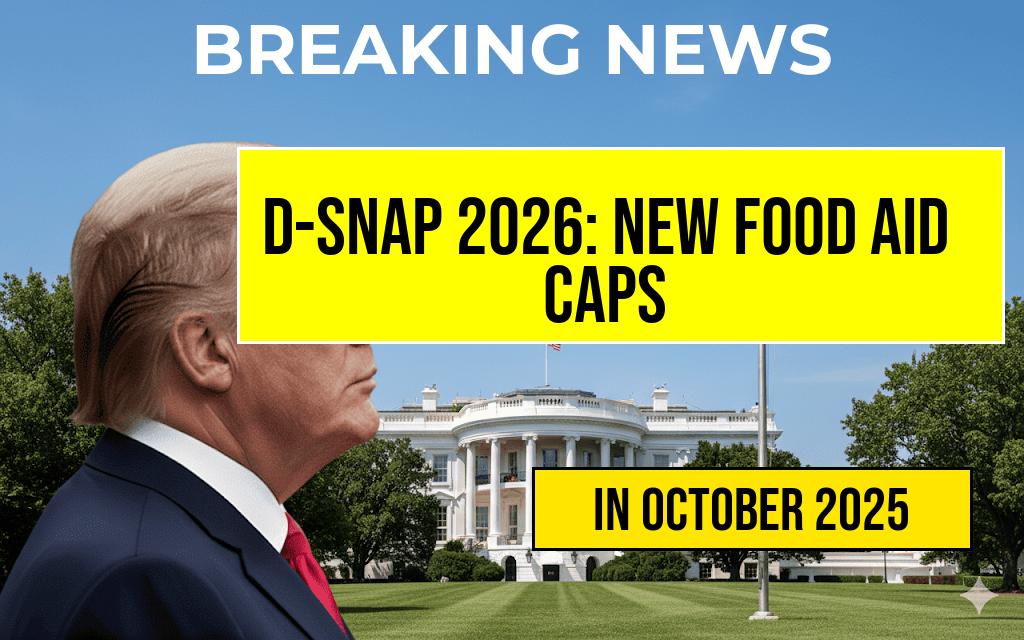The U.S. Department of Agriculture (USDA) recently announced significant adjustments to the Supplemental Nutrition Assistance Program (SNAP) rulebook, which could potentially increase utility deductions for qualifying households by hundreds of dollars. These changes, set to take effect in fiscal year 2026, aim to align SNAP benefits more closely with the rising cost of living and energy expenses. As families across the nation navigate fluctuating utility costs, these modifications may provide much-needed financial relief. Low-income households are encouraged to review their state’s fiscal year 2026 figures to understand how these adjustments could impact their SNAP benefits and overall financial situation.
Understanding the Changes to SNAP Utility Deductions
The USDA’s new guidelines focus on the utility allowance, which permits SNAP recipients to deduct a portion of their utility expenses from their monthly income calculations. By doing so, the program aims to provide a more accurate reflection of a household’s financial needs. This change is particularly important as energy costs have surged in recent years, leaving many families struggling to make ends meet.
Key Adjustments in Fiscal Year 2026
- Increased Utility Allowances: The revised rulebook is expected to raise the standard utility allowance, providing additional funds to eligible households.
- State-Specific Figures: Each state will determine its utility allowance based on local energy costs, which means that benefits may vary significantly depending on the region.
- Expanded Eligibility: Certain households that previously did not qualify for utility deductions may now be eligible, further broadening access to these vital resources.
Impact on Households Across the Country
The financial implications of these changes are noteworthy. For instance, according to the USDA, households that qualify for the maximum SNAP benefit could see their monthly allowances increase by as much as $200. This additional funding can be critical for families facing high energy bills, particularly in regions with extreme weather conditions.
How to Review Your State’s Fiscal Year 2026 Figures
To assess how these changes may affect your SNAP benefits, it’s essential to consult your state’s SNAP office or website. Most states will publish their fiscal year 2026 figures in the coming months, detailing the new utility allowances and eligibility criteria. Here are steps to follow:
- Visit your state’s SNAP program website.
- Look for updates regarding fiscal year 2026 utility allowances.
- Contact your local SNAP office if you have questions about your eligibility or benefit calculations.
Broader Implications for Food Security
The adjustments to SNAP are part of a larger effort to combat food insecurity in the United States. As many families face increasing economic pressure, the USDA’s decision to enhance utility deductions is anticipated to provide a buffer against rising costs. Experts suggest that these changes could lead to improved nutrition and overall well-being for low-income households.
Expert Opinions on the Changes
Policy analysts and advocates for low-income families have applauded the USDA’s decision. Forbes reports that food insecurity is a growing concern, and these changes represent a proactive measure to address this pressing issue. Advocates argue that the increased utility deductions will allow families to allocate more resources toward purchasing food, ultimately improving their quality of life.
Potential Challenges and Considerations
Despite the positive outlook, there are challenges to consider. Implementation of the new guidelines may vary by state, leading to disparities in benefit allocation. Additionally, the increased deductions could prompt some states to make adjustments that may affect other areas of SNAP eligibility. Therefore, it is crucial for recipients to stay informed and engaged with their local SNAP offices.
Conclusion
The upcoming tweaks to SNAP utility deductions represent a significant shift in how the program supports low-income households. By increasing allowances and expanding eligibility, the USDA aims to provide essential relief to millions of American families. As fiscal year 2026 approaches, it is vital for SNAP recipients to stay updated on changes in their states to fully benefit from these adjustments.
| State | Current Allowance | Projected Increase |
|---|---|---|
| California | $600 | $100 |
| Texas | $400 | $150 |
| New York | $500 | $200 |
Frequently Asked Questions
What are the recent changes to the SNAP rulebook regarding utility deductions?
The recent tweaks to the SNAP rulebook may allow for increased utility deductions by hundreds of dollars, which can significantly affect beneficiaries’ overall assistance amounts.
How can I find my state’s FY26 figures for SNAP utility deductions?
You can review your state’s FY26 figures for SNAP utility deductions by visiting your state’s official SNAP website or contacting your local SNAP office for the most accurate and up-to-date information.
Who will benefit from the increased utility deductions in SNAP?
The increased utility deductions in SNAP will primarily benefit low-income households that struggle with high utility costs, providing them with more financial relief and assistance.
When will these changes to the SNAP rulebook take effect?
The changes to the SNAP rulebook are expected to take effect in the fiscal year 2026, but it’s important to stay updated as implementation dates may vary by state.
How can I apply for increased utility deductions under the new SNAP rules?
To apply for the increased utility deductions, you should complete your SNAP application as usual and provide any required documentation related to your utility expenses to ensure you receive the maximum benefit.








